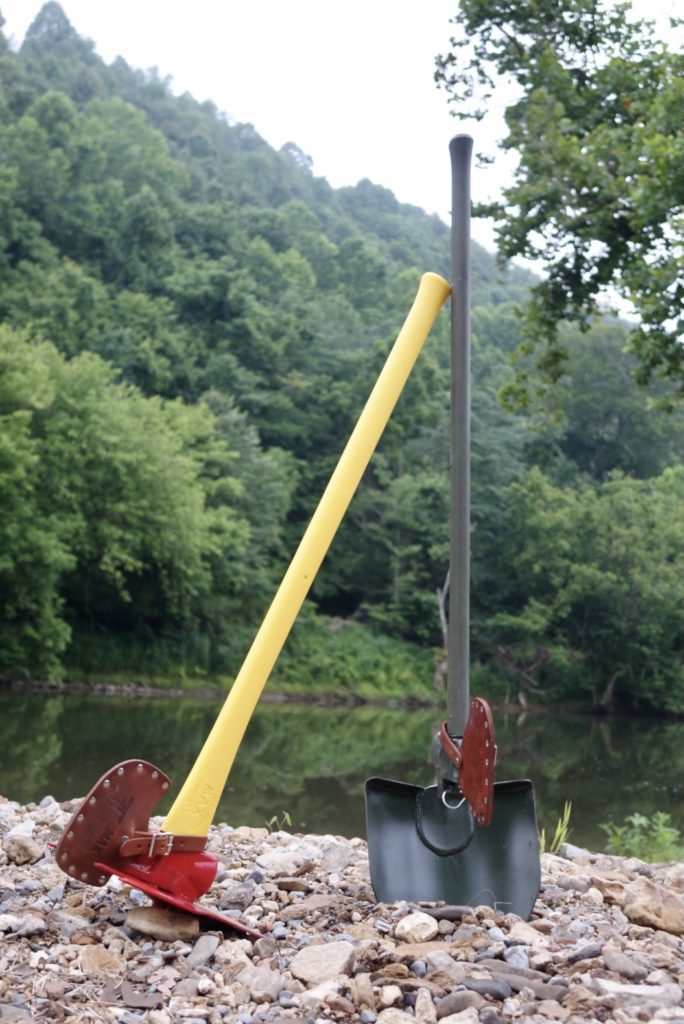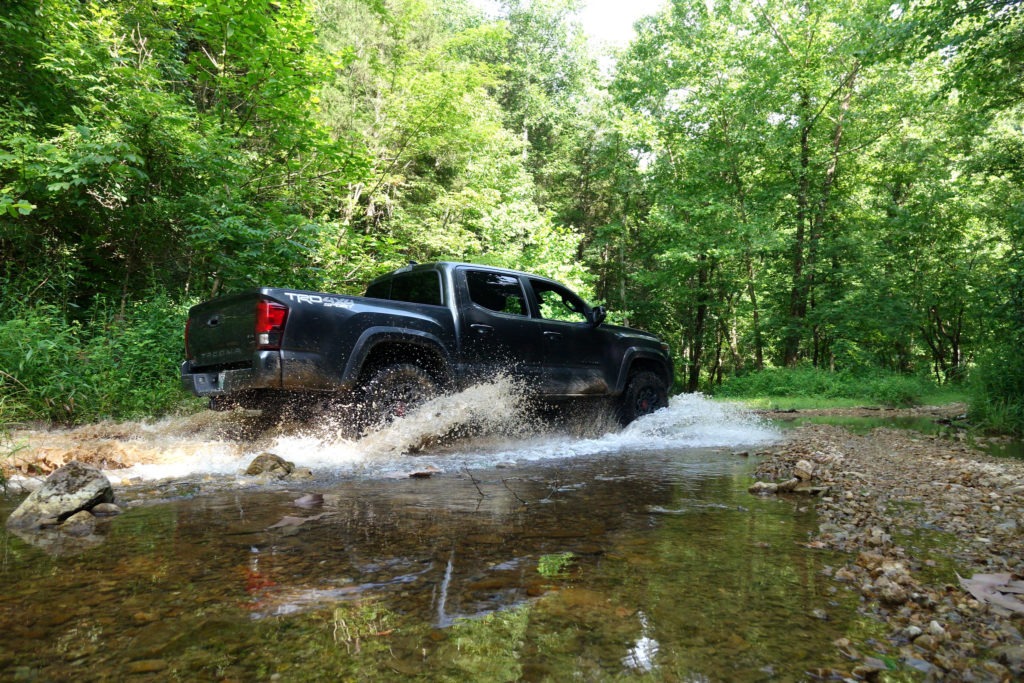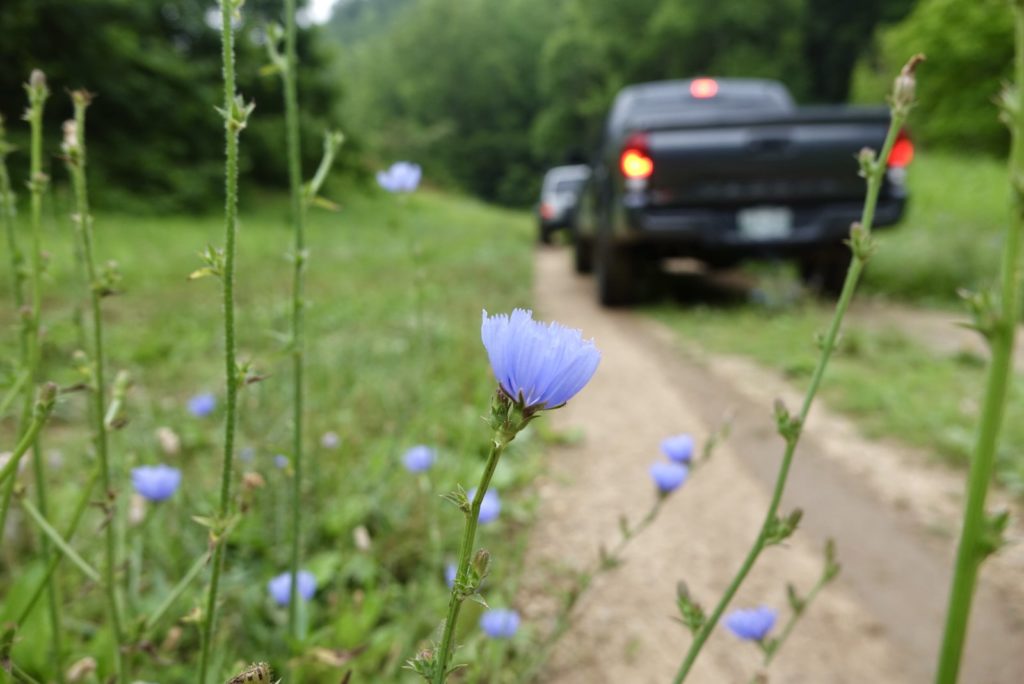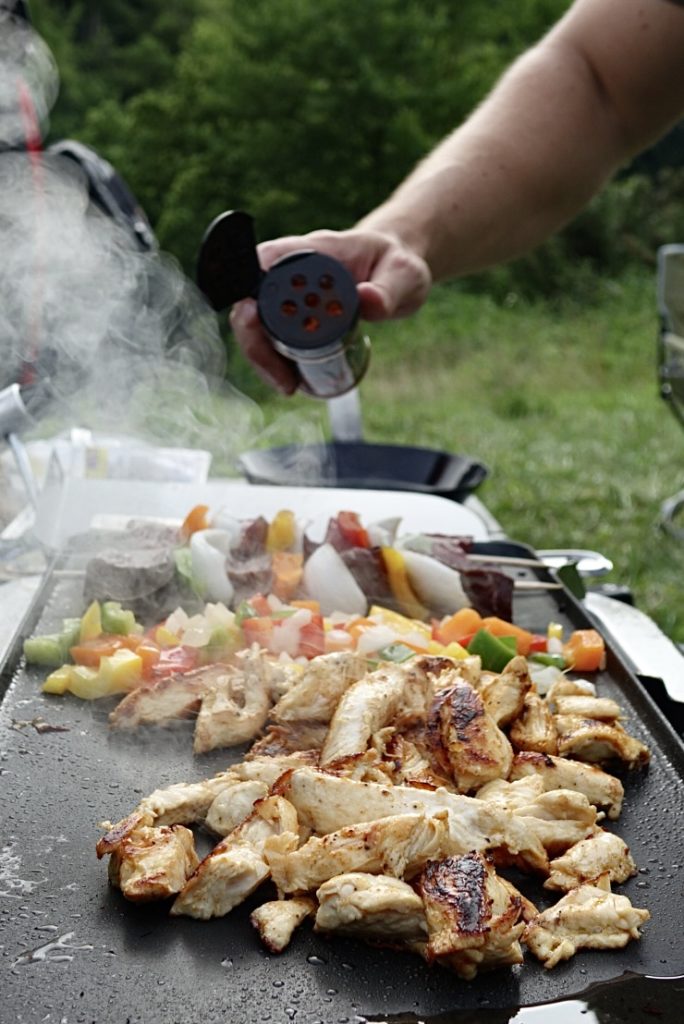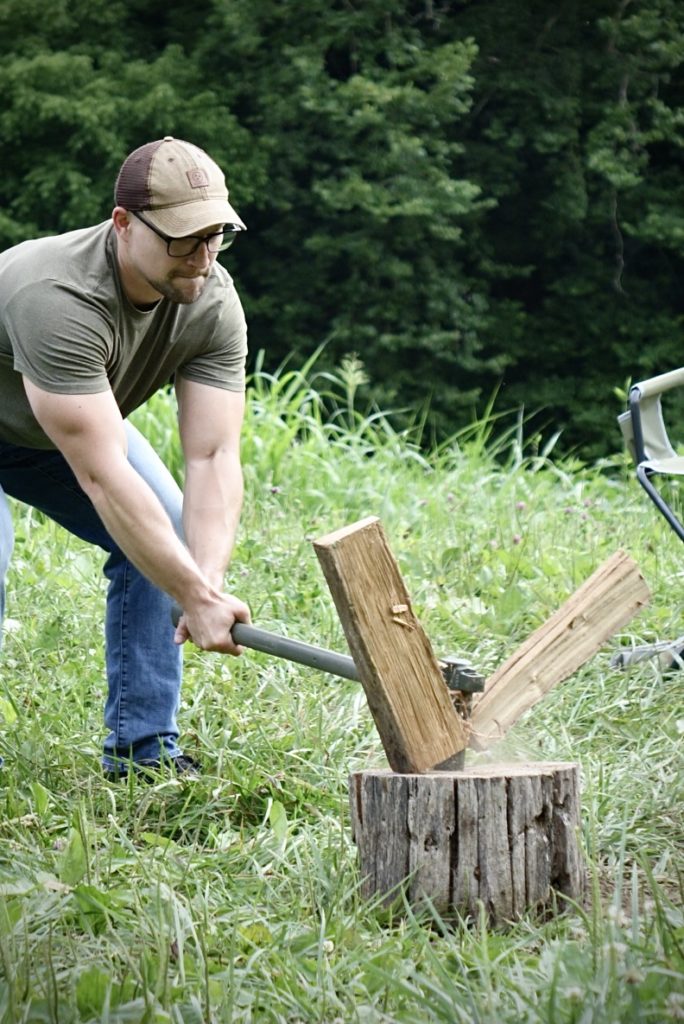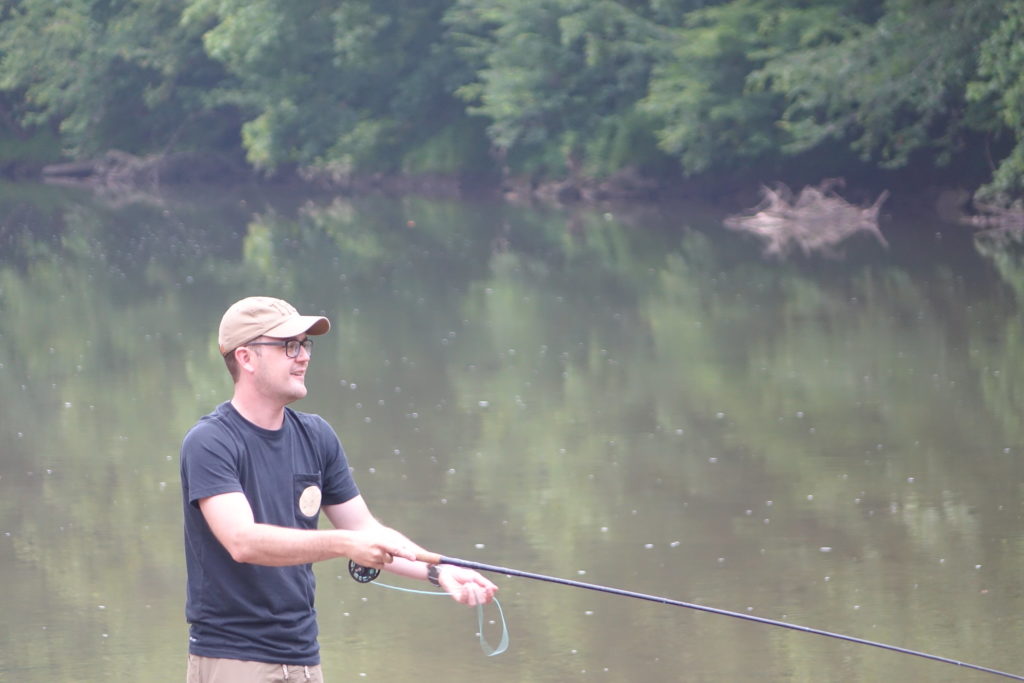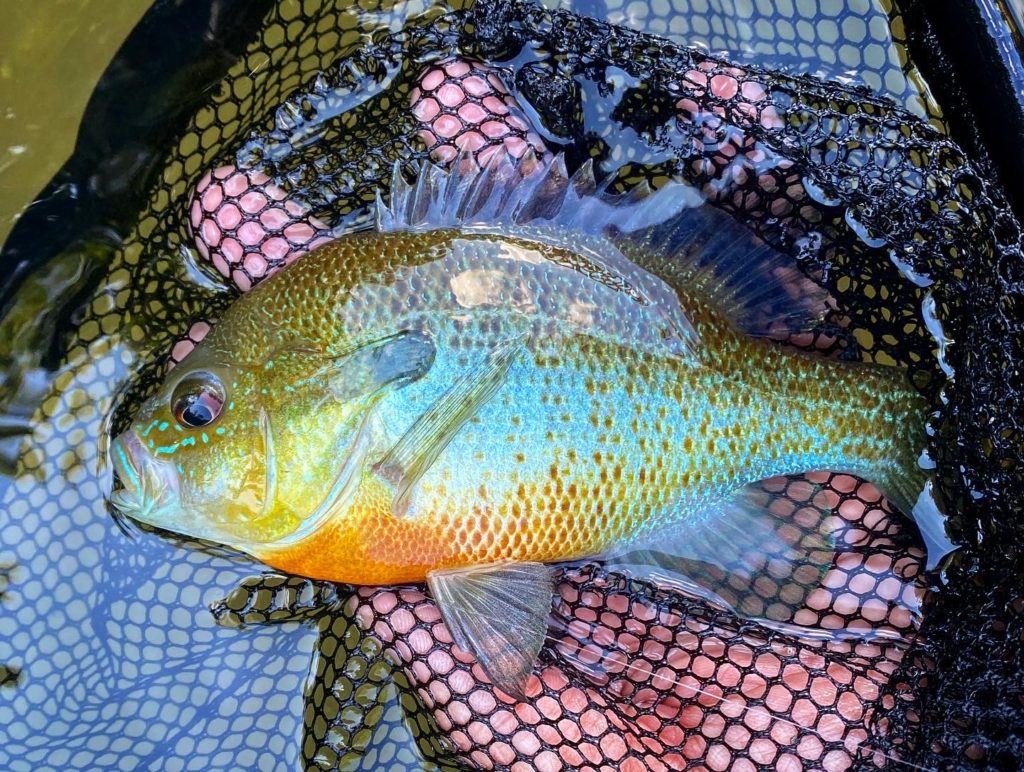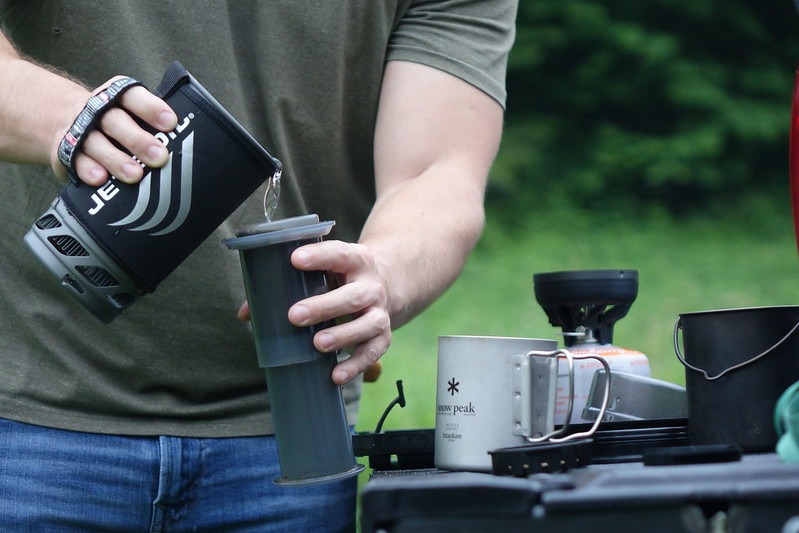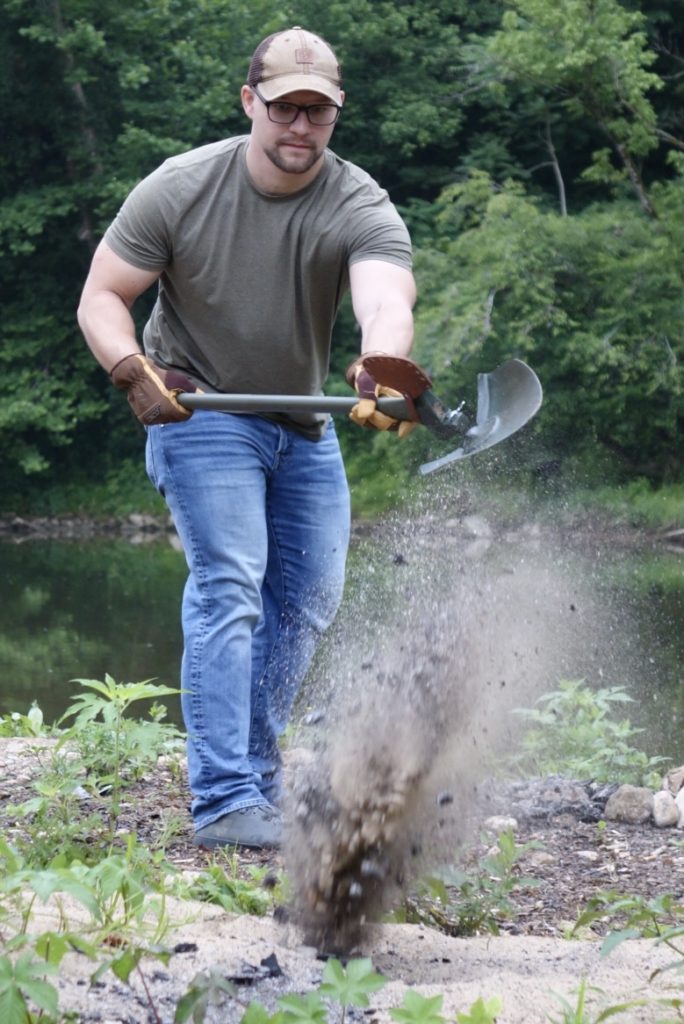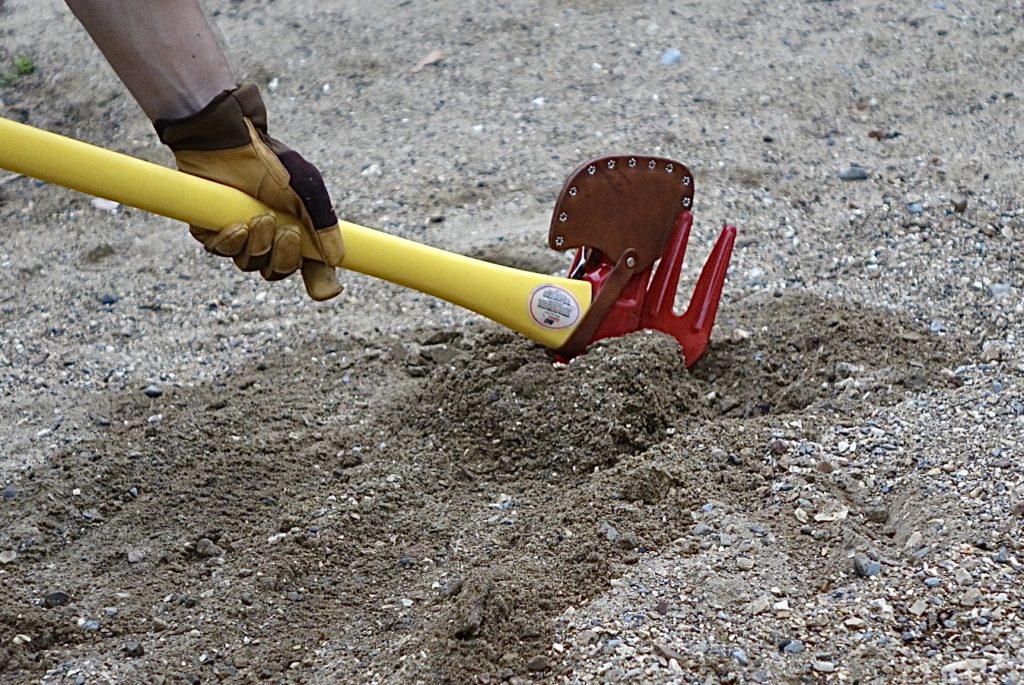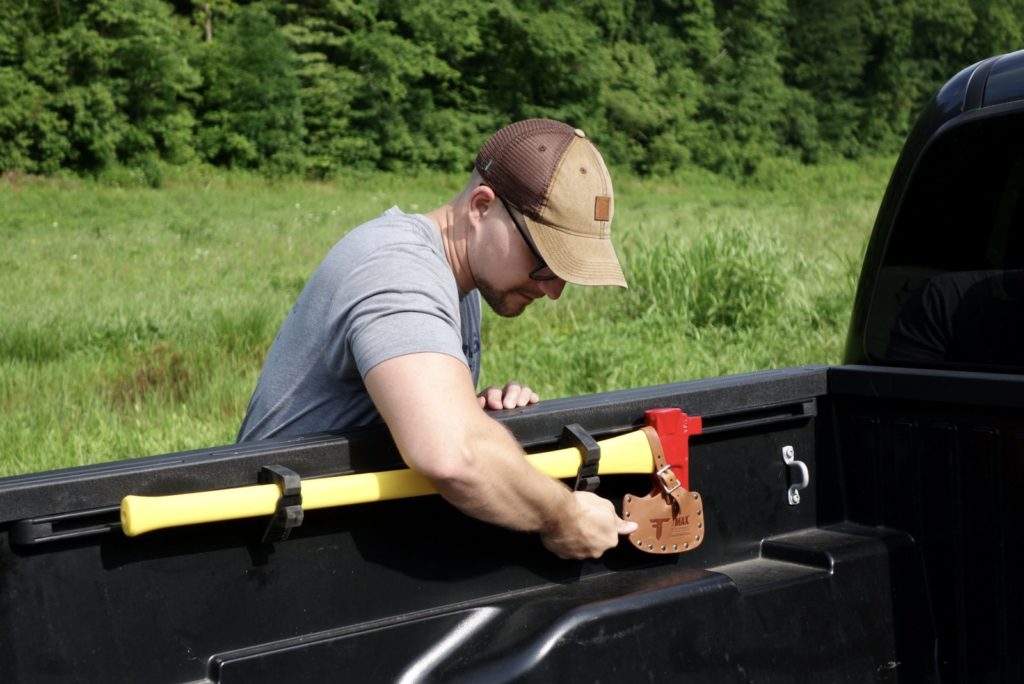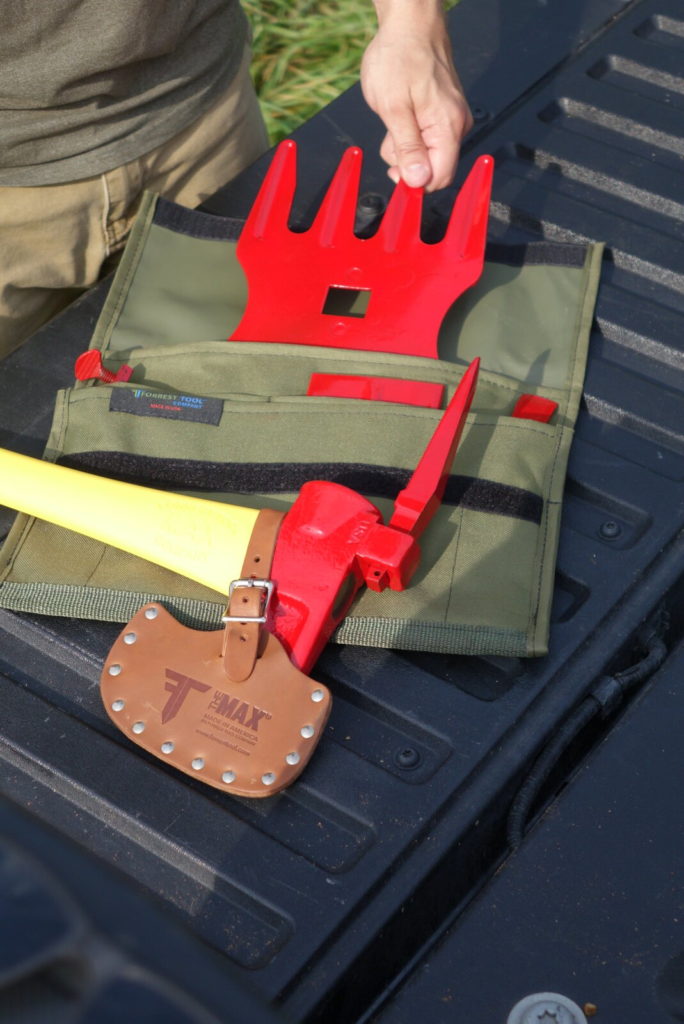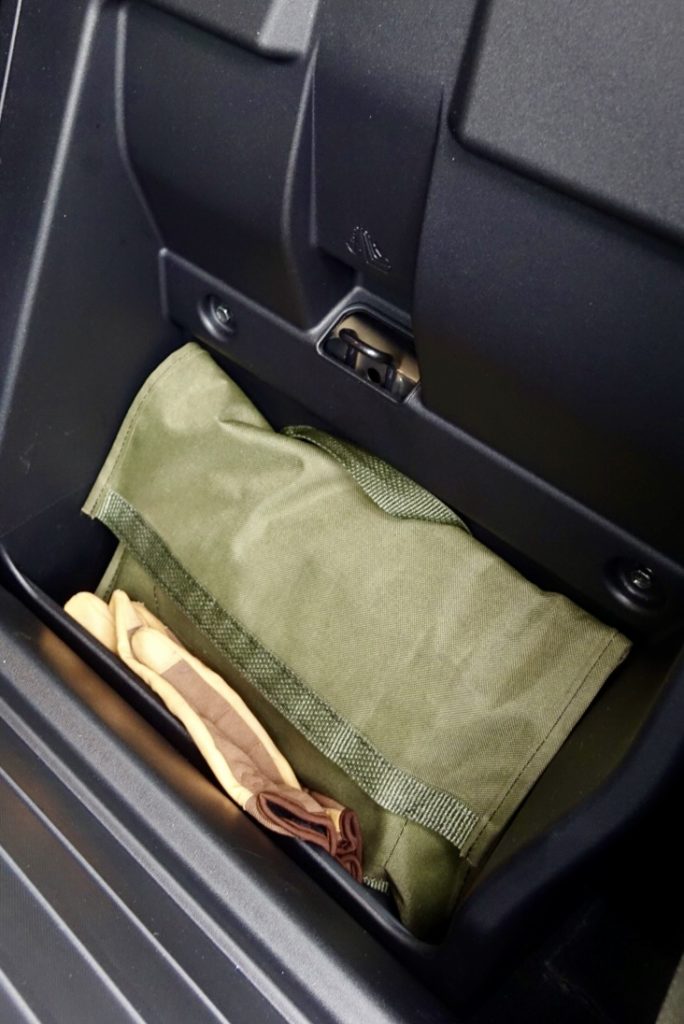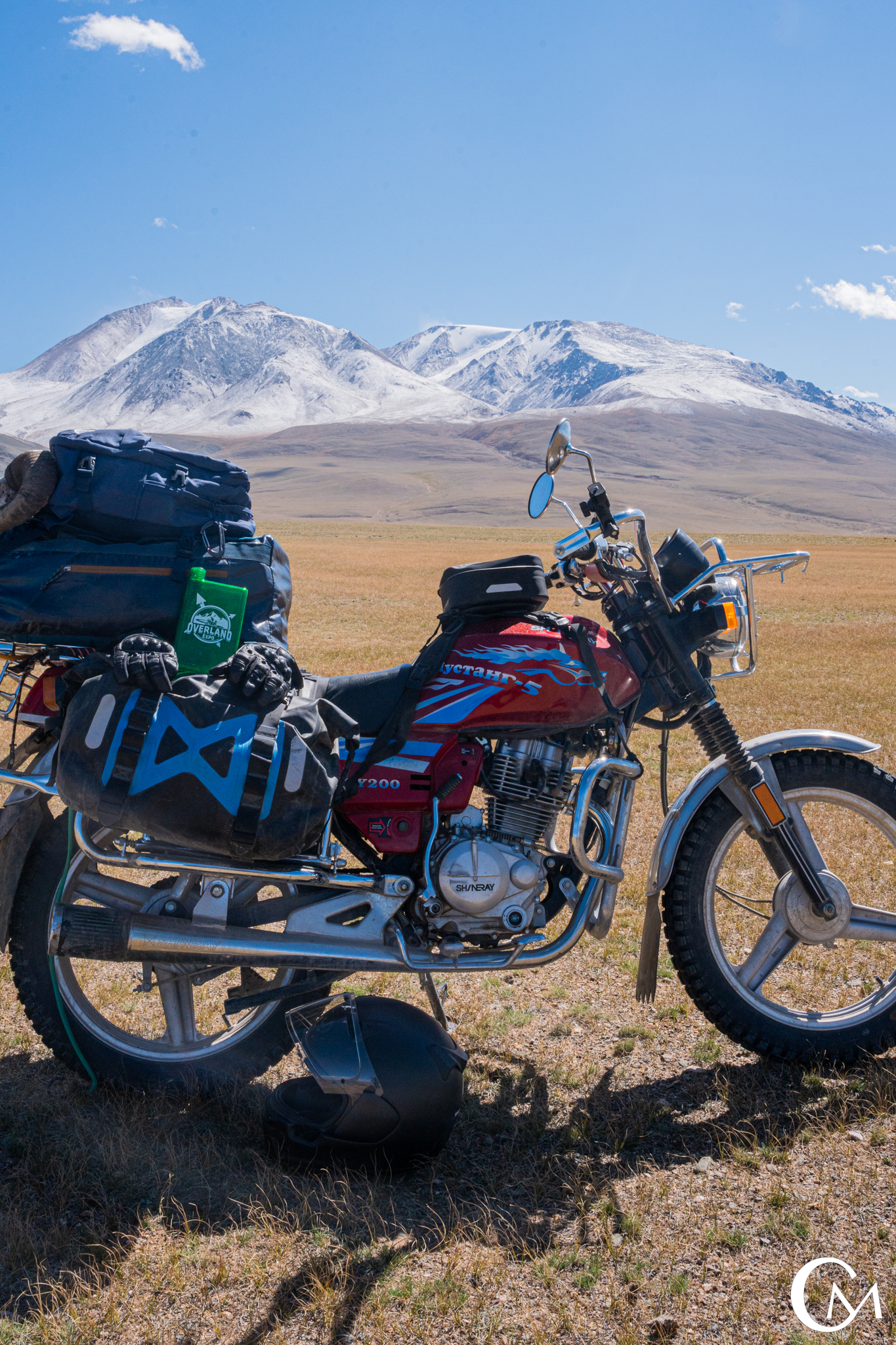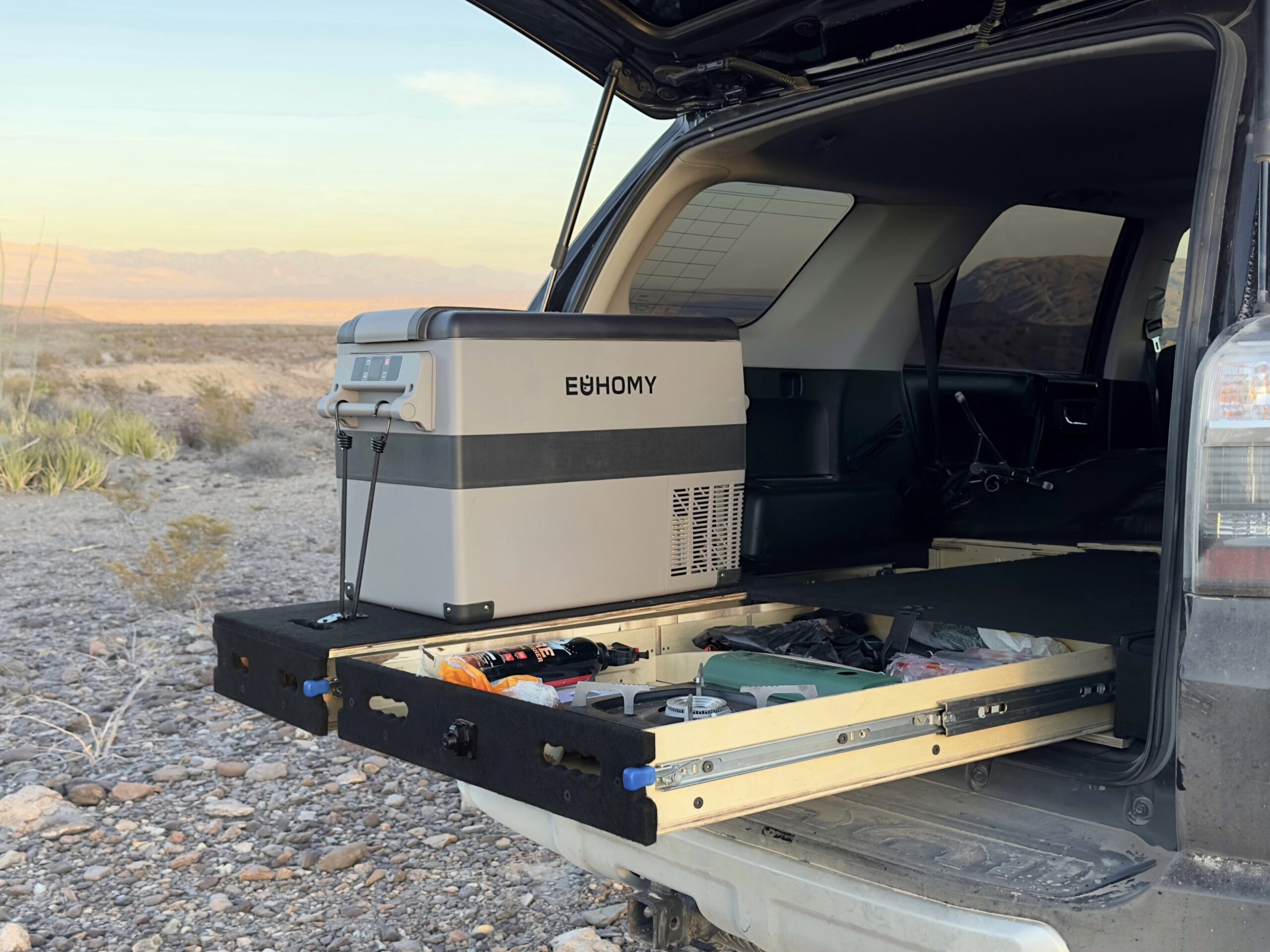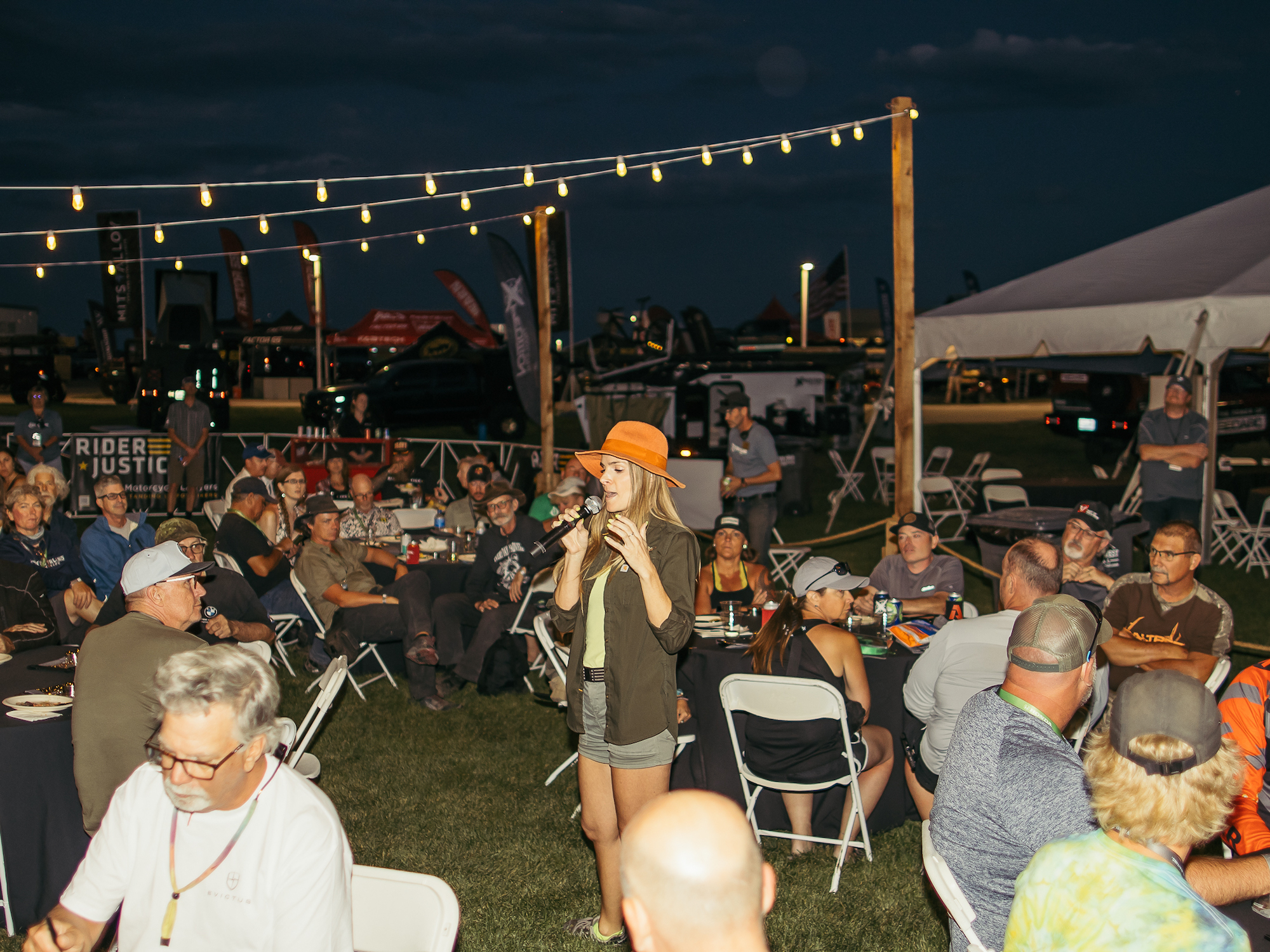We’ve all been there. You glance at your calendar and realize that there are far too few blank spaces to escape into the wilderness. Work and social engagements have a way of piling up, and if you aren’t careful, it can be tough to get away from it all for even a long weekend. So when you find yourself needing a taste of adventure and a night under the stars, don’t discount the power of a quick trip to recharge your batteries.
Some friends and I have adopted a strategy that we call the Sub-18-Hour Overnighter to ensure that we seize those little opportunities between the big trips. In full disclosure, we adopted this idea from the world of bikepacking, but we usually take our trucks to go a little further in the same amount of time.
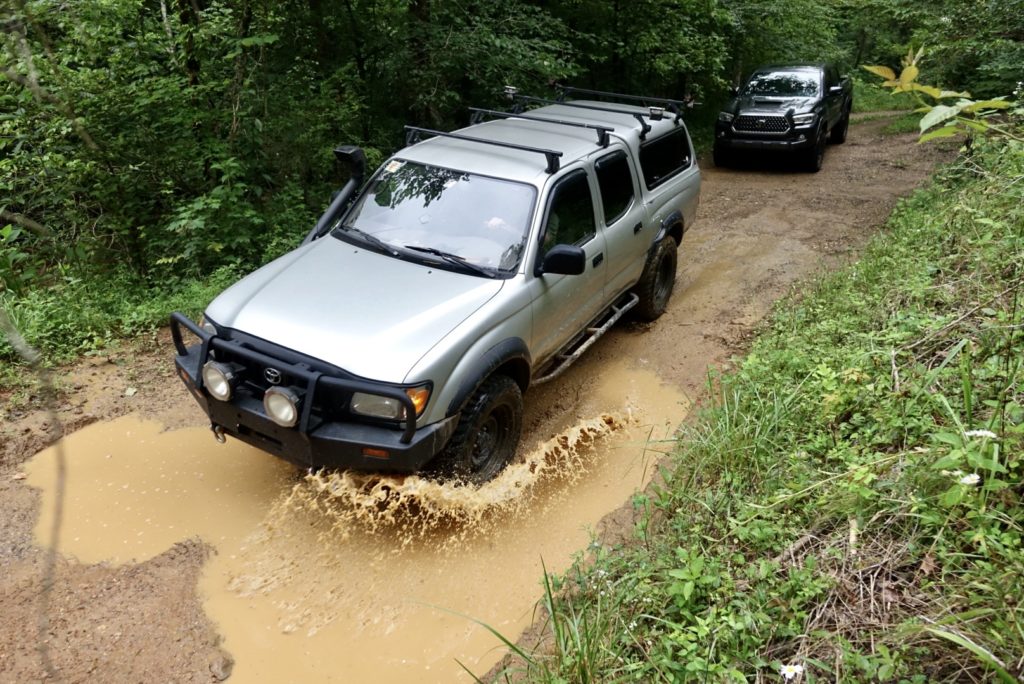
More often than not, these trips are spur of the moment. A text conversation starts with, “Free Friday night/Saturday morning?”, and within a few minutes, the trip is a sure thing. We employ a few simple strategies to ensure that we’re ready to go on short notice.
Know Your Area
Having a spot within an easy driving distance is an essential factor of the Sub-18-Hour Overnighter. We live in a relatively rural area and have access to plenty of public lands. We also have developed relationships within our community to find private spots for campsites. There’s always the chance that an easily accessible campsite on public lands will be taken, and since every minute counts on these trips, we’d rather not spend time finding alternative options.
Keep It Simple
One reason we’re able to load up and go so easily is that we keep our gear organized and at the ready. Camp kitchen gear, sleeping gear, fishing equipment, and camp furniture are stored together and are easily accessible. The hand tools, recovery gear, and first aid kits are always in the trucks. All we have to gather for a trip are clothes and food, and both of those categories are relatively slim on an overnight summer trip
The Trip
My buddy Stephen and I met at a country store just off the highway that runs between our offices on Friday evening. After a quick gear inventory to ensure neither of us had forgotten anything essential, we purchased a couple of cold drinks to combat the 90-degree weather, and performed a radio check before getting on the road. For this Sub-18-Hour Overnighter, we had decided to camp on a friend’s riverfront property. Not only was it an excellent spot for camping, but the majority of the half-hour drive was gravel and dirt roads.
Along the way, we passed a llama farm, a few appealing fishing spots, and a late 80s Toyota pickup that had dropped two tires off the edge of the gravel road. We inquired about assisting with the recovery, but the owner insisted his neighbor was on the way with a tractor. Unable to compete with the pulling power of the John Deere, we continued to where the gravel ended and onto the dirt road that serves as right-of-way access to the property. While the dirt road only covers around five miles, it’s a nice appetizer for the off-road enthusiast. There are some muddy spots and several creek crossings that aren’t particularly challenging, but the water rolling over the tires and the bounce of suspension is a nice change from day to day tarmac.
We arrived at the camp and surveyed the scene. With a spot picked out for our tent, we set up our shelter and sleeping bags. The next order of business was preparing our chicken stir fry. The veggies were pre-chopped, so we went from turning the stove on to enjoying dinner in a matter of minutes. We opted to use extra-large tortillas instead of plates, so clean-up was limited to the griddle and a single spatula. After dinner, we were tempted to hit the water to toss some flies and try our luck with the fish, but we took the responsible route and set up the firepit. Then, we grabbed the Forrest Tool axe from one of the Tacomas and got to work splitting the wood into kindling-sized pieces.
With camp chores in the bag, we made our way to the river with fly rods in hand. There’s something about wading in a cold river when the air temperature is approaching 90 degrees. The cool water can chase a shiver up your spine within just a few minutes of leaving the river banks. For the next couple of hours, we achieved mixed results with the fish, but it isn’t always about bringing fish to the net. It was easy to get distracted by the kingfishers darting from tree to tree, and on one occasion, a whitetail doe cautiously watched me from the riverbank.
READ MORE: Where to Camp While Overlanding
As the sun dipped behind the opposite ridge, we waded to shore and headed towards camp. We made a mental note of a trash-filled firepit and ATV tracks on the sandbar at the edge of our friend’s property. Undoubtedly, some trespassers had taken advantage of this out-of-the-way spot, and along with disrespecting property lines, they also left plenty of trash and a half-burned pallet right on the edge of the river.
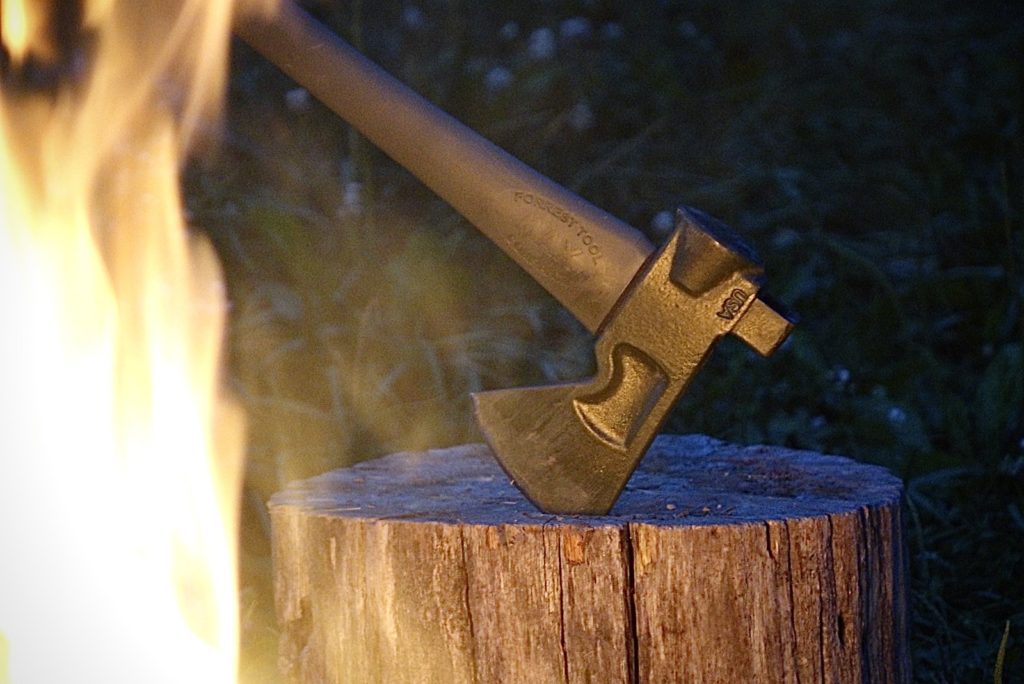
Back in camp, the combination of mosquitos and a slight chill from spending a few hours in the river meant that we were ready to get a fire going. With a couple of pieces of firewood, a chunk of firestarter, and a flick of the lighter, the chill and bugs were chased away. The time around the fire passed slowly and was filled with good conversations about past trips and future plans. When the willingness to throw another log on the fire and the drinks in the cooler ran low, we retired to the tent. Throughout the night, coyotes yelped, the occasional fish splashed in the river, and a deer approached the tent so close we could hear it sniffing the air.
Our morning continued the theme of simplicity. After a quick cup of coffee, we grabbed our trash bags and headed back to the sandbar. We collected the cans, charred firecrackers, and an unopened ketchup container. Next, we used the Max Tool Kit’s shovel attachment to clean up the ash and cinders. Once the majority of the pallet fire was removed, the McCleod rake attachment was used to even out ATV ruts. It’s always important to practice Leave No Trace ethics, and when possible, we try to leave a spot better than we found it.
Within a few minutes of the clean-up, the camp was broken, and we headed back out the trail. We ended our trip with breakfast at a local diner before parting ways. Once I arrived home, I was once again reminded of why I appreciate these short trips. I still had the whole weekend ahead of me, and the process of unpacking took less than 10 minutes. To be ready for the next Sub-18-Hour Overnighter, I packed everything away, set the tent up to dry, and tossed the trash in the bin.
This trip was a great respite until we can hit the trail again. I never discount the short, simple trips. They serve as an excellent gear shakedown, and the motivation to be ready at a moment’s notice helps me stay organized. There’s no need to overcomplicate the planning, meals, and packing list. The next time you find yourself longing for some nature therapy, don’t wait until you’re free for a long weekend. Instead, try to get out between the hours of 5 p.m. and 9 a.m. You might be surprised how much adventure you can fit in.
The Tools
It’s easy to overpack for any trip, but you’ll be surprised by how little you need, especially on a short trip like this. Outside of a box of kitchen gear, the tent, our sleeping bags, and fishing equipment, everything else remains in our trucks full-time. The Max Multipurpose Tool Kits from Forrest Tool allows us to keep various hand tools ready without the bulk of six individual tools.
On this trip, the axe performed flawlessly. The 3.5-pound axe head mounted on a 34-inch handle is a great general-purpose axe. The polyglass handle isn’t susceptible to the changes in humidity that can wreck a wooden handle axe. The storage bag the holds the extra tools’ heads easily fits behind the seat or in a drawer.
When it’s time to break out the other tools, the mounting process is as simple as sliding the tool through the specially designed eye and locking it in place with a pin. We used the shovel and McCleod rake to clean up the riverfront property, and on another occasion, the mattock attachment was used to dig rocks out of a campsite.
Franz Kafka’s quote “better to have, and not need, than to need, and not have” sums up exactly how I feel about the Max Multipurpose Tool Kit.
